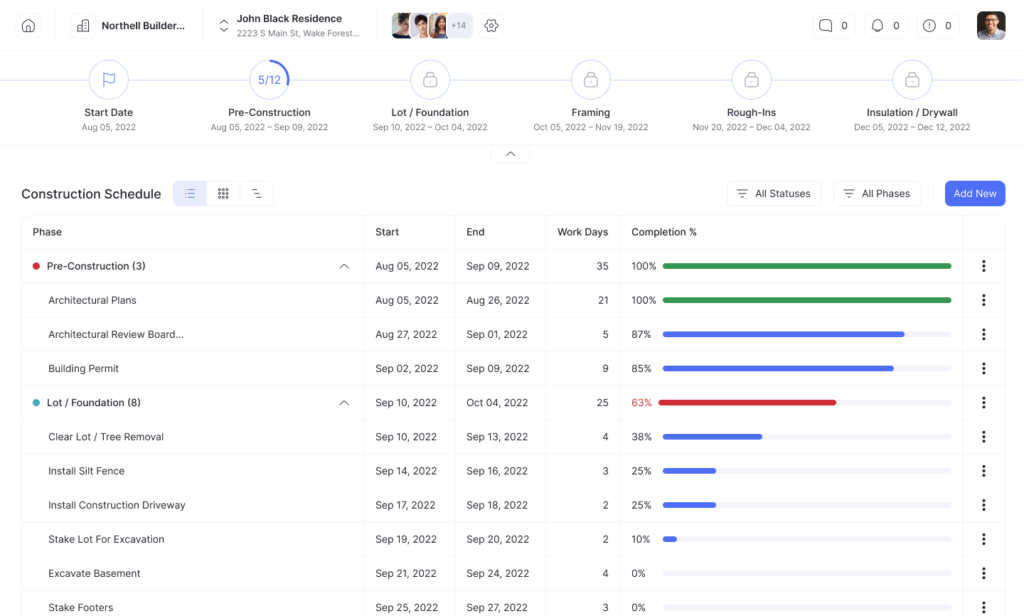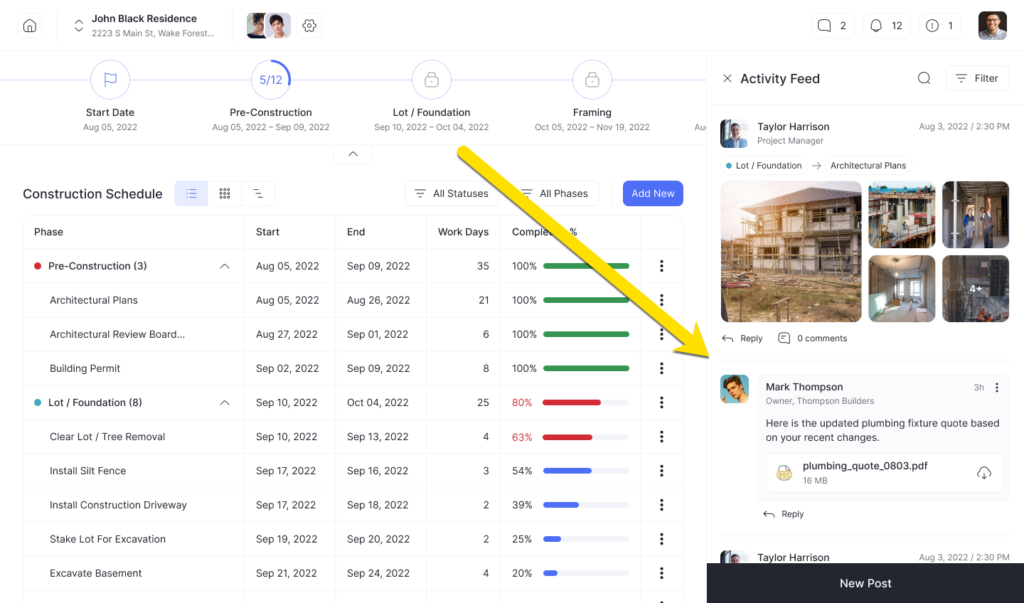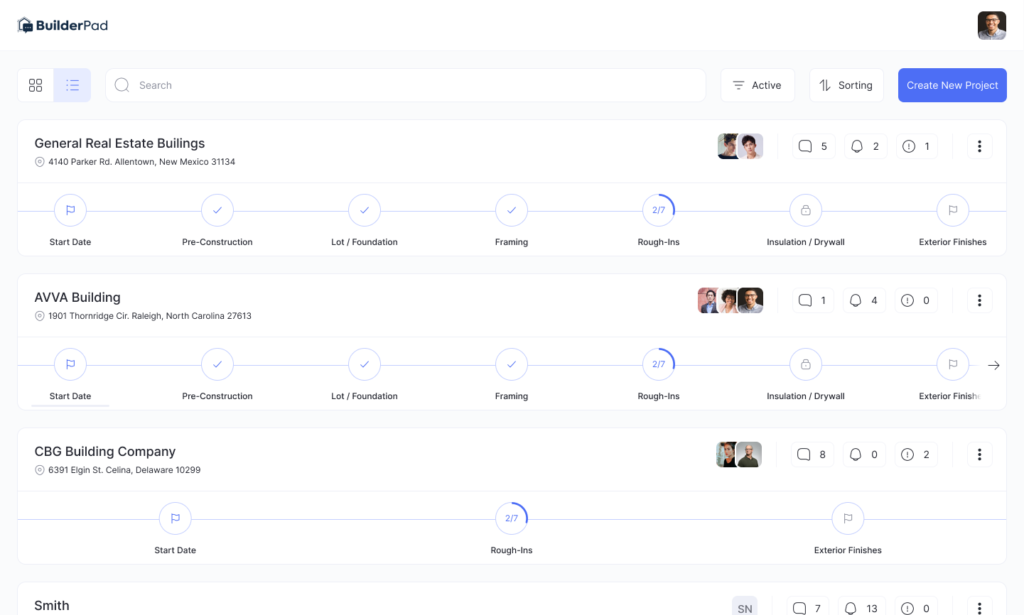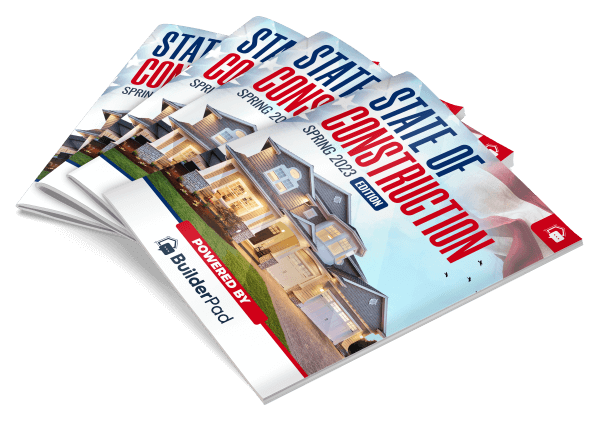Handling change requests, especially after completing a phase, is a challenge familiar to many in the construction industry. Effective management of these situations not only ensures the project remains on track but also strengthens client relationships.
Managing such situations requires tact, clear communication, and strategic planning.
Here are 10 practical strategies to handle clients who change their minds during the construction process:
Clear Communication from the Start
Setting clear expectations from the project’s inception can preempt many future issues.
By outlining project parameters, potential changes, and implications, both parties start with a shared vision.
This foundation establishes a roadmap, making deviations easier to manage. BuilderPad offers convenient scheduling tools allowing you to manage your clients’ expectations and keep them always updated on your progress:

Set up Flexible Contractual Agreements
Design your contracts to cater to some adaptability without neglecting your interests.
Including clauses for change orders or timeline extensions not only offers a buffer against unexpected requests but also conveys a client-centric approach.
Start a Quick and Open Dialogue

When clients hint at change, proactive engagement is key. Grasping their reasons and providing immediate feedback fosters trust.
Such transparency ensures that clients feel valued and that their concerns are genuinely addressed.
Document Everything
Consistent and detailed documentation offers a safeguard against future misunderstandings.
By recording every interaction and formalizing change requests in writing, both parties have a clear, referenceable history, reducing the chance of disputes.
BuilderPad offers a powerful suite of communication tools allowing you to record every interaction, change in agreement or request your client has ever made:

Educate the Client
Equip clients with necessary knowledge about their change requests’ consequences.
By offering insights into the technicalities and potential roadblocks, you’re fostering an environment where decisions are made with awareness and confidence.
Implement a ‘Cooling-Off’ Period

Suggesting a reflection window after significant phase completion can prevent hasty decisions.
This period allows clients to weigh the full spectrum of implications and reassures them of your commitment to their satisfaction.
Adopt a Collaborative Approach
Embrace shifts as collaborative challenges rather than setbacks.
Gathering your team and working hand-in-hand with clients to brainstorm alternatives nurtures a team spirit and reinforces the idea that challenges can lead to innovative solutions.
BuilderPad‘s dashboard is your ultimate project collaboration tool allowing you and your team to meet, discuss tasks and identify progress for each construction prpoject that is underway:

Stay Calm and Professional
Changes, while often vexing, are par for the course.
Your composed demeanor assures clients of your expertise and underscores your commitment to delivering quality, irrespective of evolving project landscapes.
Highlight Timeline and Budget Implications

Contextualize change requests by mapping out their ripple effects on the project’s timeline and budget.
This clarity empowers clients to make informed decisions, having visualized the broader impact of their requests.
Understand Underlying Concerns
If a pattern of change emerges, it’s crucial to discern the root causes. By addressing foundational concerns, you can streamline the construction process and create a more harmonious working relationship, reducing the potential for future shifts.
In conclusion, clients changing their minds is an inherent part of the construction industry. By setting clear expectations, maintaining open communication, and adopting a collaborative approach, construction professionals can navigate these challenges effectively and maintain positive client relationships.







